Contact
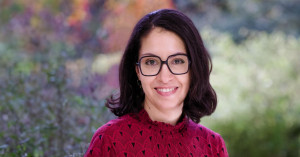
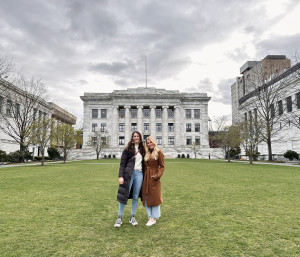
The laboratories of the Bioimaging working group at ISAS are currently unusually empty. Two of the doctoral students have left the institute for a several-month research stay in the USA. An Interview with Head of the research group, Prof Dr Anika Grüneboom, ans statements from the two travellers give an insight into the advantages of this for their own scientific careers as well as the entire group's work.
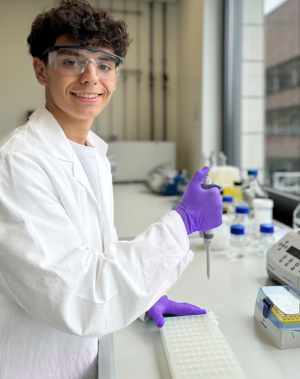
There are almost 1,400 kilometres between Marcos Nadales Neira's home town of Zaragoza in Spain and Dortmund. Why the 18-year-old decided to do an internship at ISAS and what he hopes to gain from his time at the institute, he reports for ISAS Kompakt.
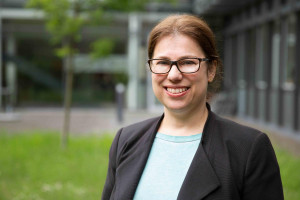
What does good scientific practice actually mean? And what are the tasks of a designated ombudsperson? Dr Yvonne Reinders gives an insight into her voluntary work.
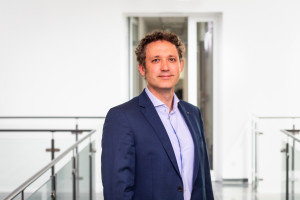
Physicians often find themselves racing against time. In most cases, the faster treatment can be provided, the better it is for patients. The diagnosis should therefore be made as early as possible. This is where artificial intelligence could come into play. An interdisciplinary team of researchers has investigated the extent to which machine learning models are suitable for analysing clinical data - for example, to predict sepsis (blood poisoning) earlier than currently possible.
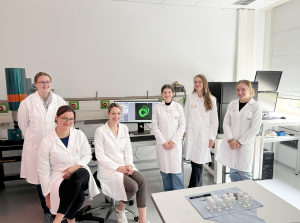
What alarm bells ring when our immune system is under attack? Why do infections occur even without external invaders? And what do a heart attack and a cold have in common? These are just some of the questions that 12 schoolgirls got to the bottom of during this year's Girls' Day at ISAS.
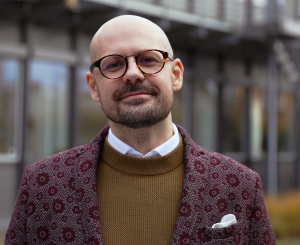
Hydrogen sulfide is considered highly toxic. Nevertheless, the foul-smelling gas fulfills many vital functions in our cells. As a gasotransmitter, for example, it can transmit signals within and between cells. But hydrogen sulfide also plays an important role in the oxygen supply in the blood – as researchers led by Dr habil Miloš Filipović at ISAS recently discovered.
